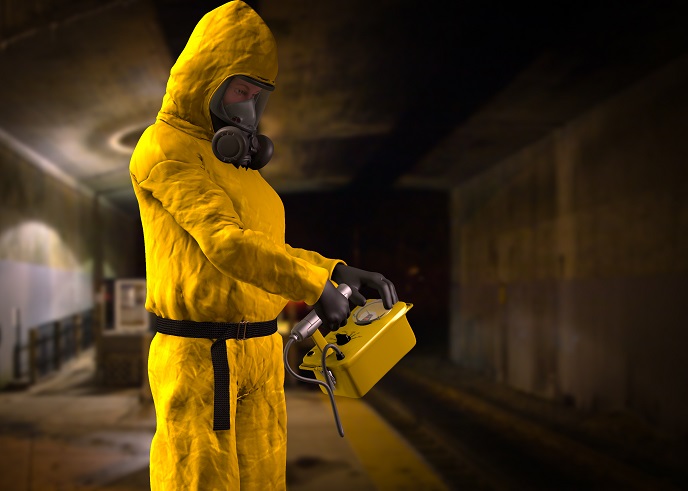In-vessel retention for high-power nuclear plants
The nightmare of nuclear energy stakeholders around the world has a name: corium. This man-made lava flow – the result of a nuclear meltdown in a reactor’s core – can stay radioactive for centuries, so its release into the environment in the case of major accidents must be prevented at all costs. Getting on top of corium IVR is one of a few available solutions for avoiding such a disastrous scenario, its main advantage being corium retention within an identified and limited space. But whilst the strategy has been assessed and implemented for relatively small power reactors, many uncertainties regarding its use in higher-power reactors (around 1 000 MWe) have yet to be cleared. “The higher the reactor power, the lower the safety margin with respect to the risk of failure of the vessel,” says project coordinator Dr Florian Fichot from IRSN. “If this residual risk becomes larger than 10 %, the benefits of implementing an IVR strategy become questionable.” Thanks to funding under the IVMR (In-Vessel Melt Retention Severe Accident Management Strategy for Existing and Future NPPs) project, a 23-strong consortium led by IRSN analysed the applicability and technical feasibility of IVR for high-power reactors, with a focus on existing VVER 1000 type 320 units in Europe and future reactors of the PWR or BWR type. They used the most advanced tools, knowledge and computer codes to come up with a new methodology addressing IVR implementation. “Our methodology has a larger scope than its predecessor and allows for including phenomena that had been neglected before, for example the possible inversion of stratification between oxide and metal in the corium pool. Another advantage is that it is not only a probabilistic approach: It also includes more deterministic evaluations, which helps avoid inconsistent assumptions,” Dr Fichot, explains. It’s not just reactor power that’s risky The consortium discovered, among other things, that reactor power is not the only factor determining residual risk. They also found that the larger the ratio of the mass of steel structures in the corium to the mass of fuel is, the more IVR becomes a viable option. “This is why reactors like AP1000 or HPR1000, which are designed for IVR, include large steel structures,” Dr Fichot explains. Another important observation made under IVMR is related to the amount of water available to delay the moment of complete melting of core materials: if it can be delayed by 12 hours, conditions become more favourable for IVR even in high-power reactors. The VVER-1000 design includes such favourable factors, which makes it a good candidate for ‘retrofit’ implementation of an IVR strategy according to project findings. Dr Fichot remains cautious on this point though, as complete evaluations of risks – including risks not related to corium only – must be done before definitive conclusions can be drawn for VVER-1000. The project also made some technical breakthroughs on the likes of external cooling efficiency improvement, the study of simultaneous in-vessel water injection and spray cooling of the vessel. “The feedback has been quite positive, in particular from industry partners involved in the project – EDF, Fortum, Paks and Framatome. We’ve also witnessed interest from organisations overseas, particularly Chinese, Russian, South Korean, Japanese and Ukrainian organisations which have officially joined the project in order to share results,” Dr Fichot concludes.
Keywords
IVMR, in-vessel retention, nuclear power, reactor, meltdown, assessment, corium



